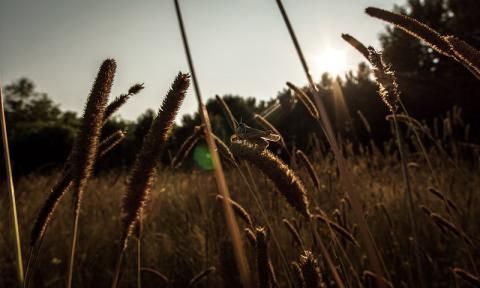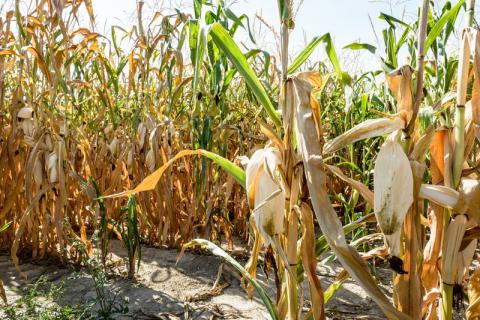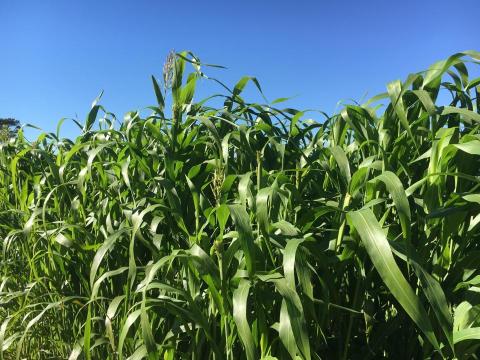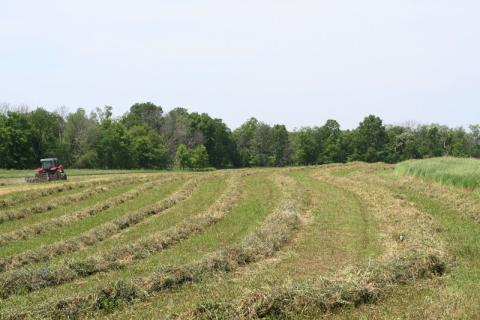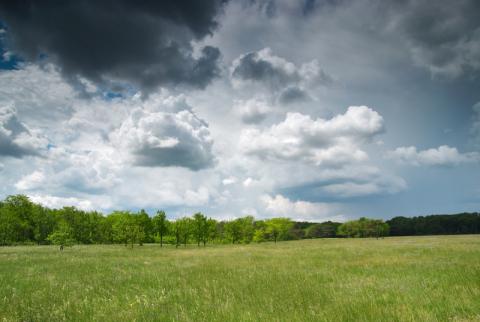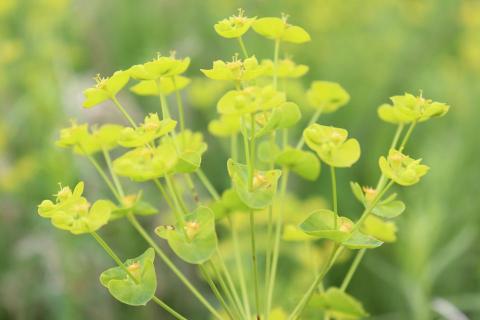Pasture and Forage Minute: Harvesting Drought-stressed Corn and Milo, Controlling Grasshoppers
August 2, 2022
Considerations for harvesting drought-stressed corn or milo, grasshopper control in pastures and rangeland, and taking inventory of fall/winter feed and hay.
Pasture and Forage Minute: Managing Volunteer Wheat, Drought-stressed Corn Options
July 27, 2022
Solutions for managing volunteer wheat in cooperation with neighbors, grazing heat-stressed forages and deciding on a course for drought-stressed corn.
Pasture and Forage Minute: Options for Wet Hay Meadow, Harvesting Summer Annual Forages
July 20, 2022
Nebraska Extension educators share tips and techniques for addressing wet hay meadows and summer annual forages at harvest time, plus info on this year's Nebraska Grazing Conference.
Pasture and Forage Minute: Grasshopper Control, Safe Grazing Guidelines And Blue-green Algae Poisoning
July 13, 2022
Tips for effective control of grasshoppers in alfalfa, prussic acid poisoning from summer annual forages and blue-green algae in livestock water.
Pasture and Forage Minute: Forage Options for Post-Harvest Wheat Fields, Grazing Strategies for Inclement Weather
July 7, 2022
Extension educators share insights on forage options for dryland and irrigated wheat fields after harvest, and how to adjust grazing during periods of both wet and dry climate.
Pasture and Forage Minute: Considerations for Cutting Hay, Controlling Bluegrass
June 28, 2022
Extension educators discuss some often overlooked factors for determining a grass hay cut date, and share recommendations on timing irrigation for more effective control of bluegrass in alfalfa.
Pasture and Forage Minute: Rain and Hail Damage, Preventing Window Disease
June 20, 2022
Extension insights on reducing rain damage to hay, assessing hail damage to forage crops, and preventing window disease in alfalfa.
Pasture and Forage Minute: Controlling Leafy Spurge, Timing Grass Hay Harvest
June 1, 2022
Extension educators share tips on determining water needs for cattle, options for controlling leafy spurge, and a grass hay harvest timeline.
